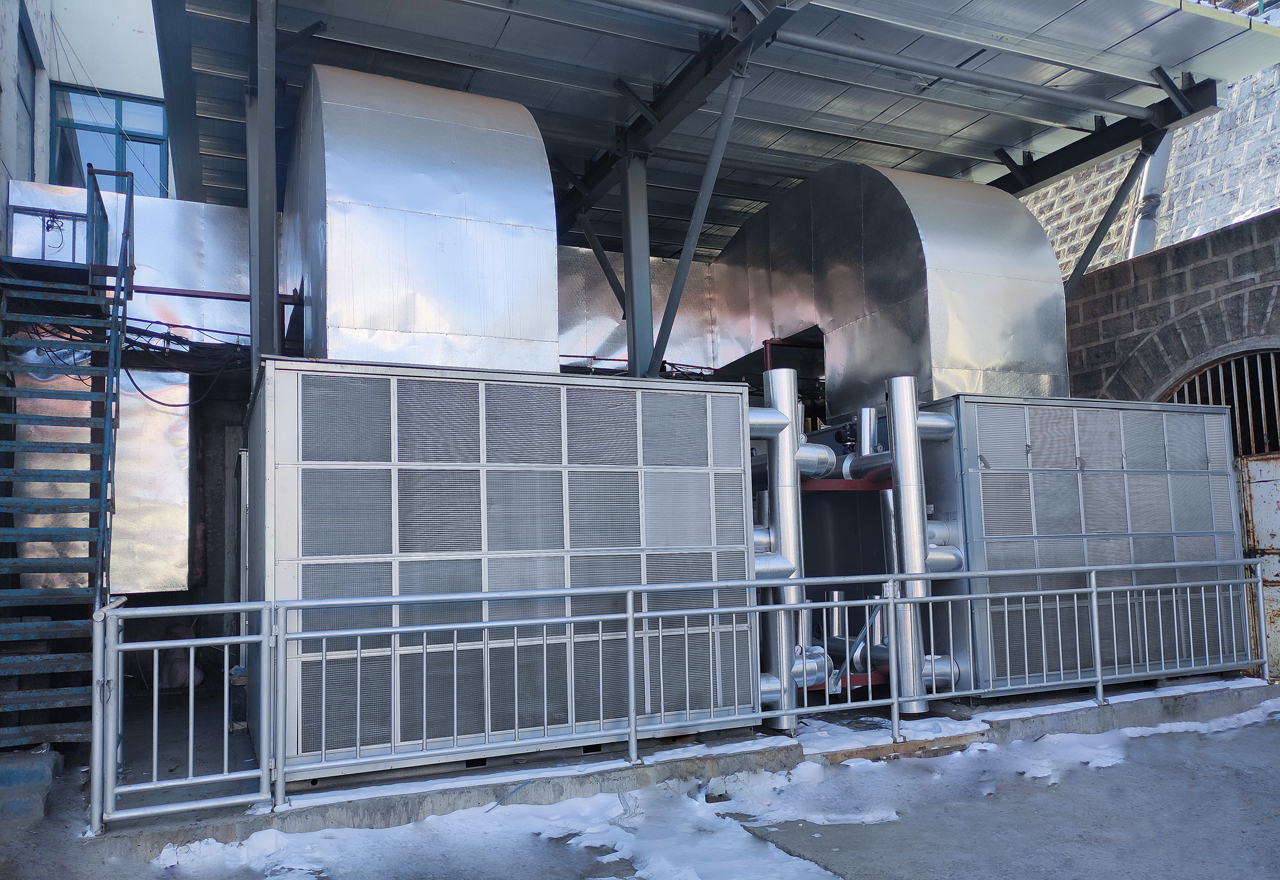Mine backflow refers to changing the direction of airflow in the mine ventilation system, usually used in emergency situations to ensure safety inside the mine. The following are the main reasons and scenarios why mines need to carry out reverse ventilation in certain specific situations:
Mine fire: Fire is one of the common causes of mine blowback. Anti wind can prevent the spread of fire smoke and toxic gases to the area where miners are located, providing a safe escape route for miners. The specific situation includes: the fire occurred on the main ventilation route: through reverse air, smoke and
Toxic gases are directed to backup ventilation routes or specialized smoke exhaust channels. Cut off the main escape route in case of fire: Anti wind energy effectively guides smoke and heat to other areas, keeping the main escape route unobstructed.
Gas explosion: Gas explosion can produce a large amount of harmful gases and coal dust, posing a threat to the safety of miners' lives. By reversing the wind, toxic and harmful gases can be discharged from the mine, preventing secondary explosions and providing safe access for rescue personnel.
Toxic and harmful gas leakage: In mines, certain processes or equipment may cause toxic and harmful gas leakage, such as carbon monoxide, hydrogen sulfide, etc. When the concentration of these gases exceeds the standard, the reverse air can quickly discharge toxic gases from the mine, reduce the gas concentration inside the mine, and ensure the safety of miners.

Major equipment failure: When the main equipment of the mine ventilation system, such as the main ventilation fan and air damper, malfunctions, it may lead to the failure of the ventilation system. Reverse air operation can utilize backup ventilation fans and ventilation systems to maintain ventilation and underground air quality in the mine.
Sudden water disaster: In the event of a sudden water disaster in a mine, the reverse wind can change the direction of air flow, using the power of the airflow to expel water from the mine, reducing the harm of the disaster and winning valuable time for emergency rescue and relief.
Preventing collapse and roof collapse: In mine collapse or roof collapse accidents, reverse wind can change the direction of airflow, prevent secondary damage to the collapse area caused by air pressure difference, and provide favorable conditions for emergency rescue.
Other emergency rescue needs: In some special situations, such as earthquakes, blasting operations, etc., temporary anti wind operations may be required to protect the safety of miners or the stability of mine structures.
Technical requirements and precautions for anti wind operation
Anti air system design: When designing a mine, the anti air system should be considered, including backup ventilation fans, backup air ducts, and anti air doors, to ensure that anti air operations can be quickly implemented.
Anti wind operation procedures: Develop detailed anti wind operation procedures, including anti wind conditions, operation steps, and safety precautions, to ensure that operators can correctly execute them.
Anti wind drill: Regularly conduct anti wind drills to test the reliability of the anti wind system and the proficiency of operators, and improve emergency response capabilities.
Safety monitoring: Strengthen the monitoring of parameters such as air quality, gas concentration, and temperature in the mine during the anti wind process to ensure the safety and effectiveness of anti wind operations.
Communication: Maintain real-time communication with underground miners and ground command centers, ensure smooth information flow, and adjust anti wind strategies in a timely manner.
Emergency plan: Develop detailed emergency plans, including evacuation routes, safe shelters, and rescue measures after anti wind, to ensure that miners can quickly and safely evacuate dangerous areas.
Backdraft in mines is an important emergency operation that can protect the lives of miners and prevent the spread of disasters in emergency situations such as fires, gas explosions, and toxic gas leaks. Mine managers should attach great importance to the design and maintenance of the anti wind system, develop detailed operating procedures and emergency plans, conduct regular drills and training, improve emergency response capabilities, ensure the rapid and effective implementation of anti wind operations in emergencies, and ensure the safety of mine production.







Comment